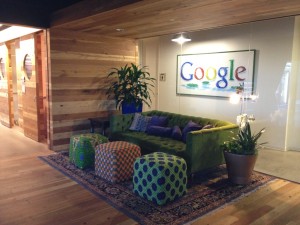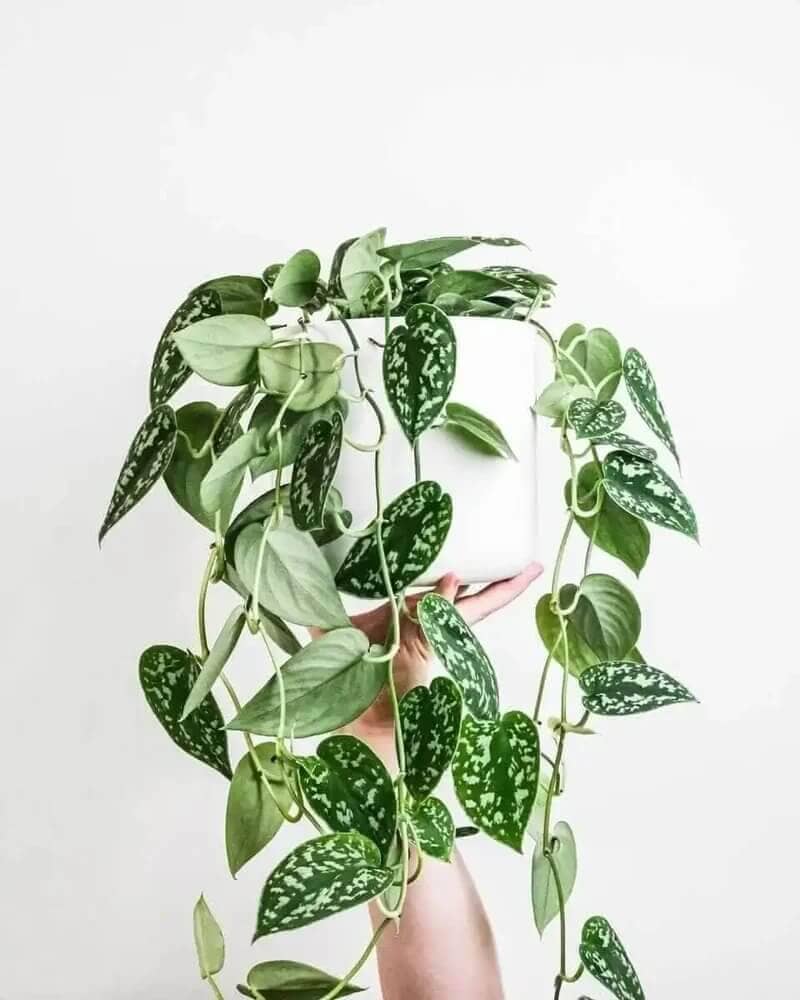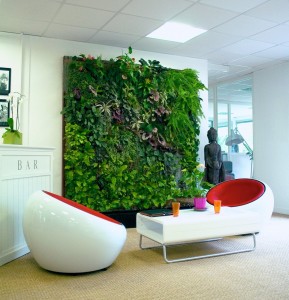Why We Really Need Plants in the Workplace
What’s new in the realm of interior plant design? We’ve actually come a long way!
History of interior plant design in the workplace
We can arguably say that contemporary use of interior plants in the building environment goes back decades, even before the 1960’s.
In the 1970’s and 1980’s, indoor plants were originally used for purely aesthetic purposes. We were spending more time at work, and wanted our spaces to reflect nature.
We not only wanted nature in our workplace, but also at home and near the places we relax.
Fern bars were hung in baskets and Ficus trees were added to the office. Wicker baskets, greenery and all elements of natural surrounding indoors was considered cool and aesthetically pleasing.
At that time, commercial use of indoor plants was equally cool. We had atriums, ceramics and plants everywhere. Whenever it came to an empty corner in a building lobby, design was easy. Adding plants in a group of three always did the trick.
Workplace plants included a tall element plant, medium height filler and a lower focal point of either interesting variegation or a pop of seasonal color. Plants were everywhere!
The 1990’s and early 2000’s ushered change. No longer were plants cool, but a trend that had been around for a while.
Contemporary building lobby design became contemporary, austere and cold. Interior atriums gave way to hard stone materials, statuary and art.
No longer were plants an important part of design finish out. If there were any botanicals in the interior space, they were often relegated to a small color bowl or orchid arrangement.
Then we got real again. We realized what we wanted and what we needed. We realized as humans, we have an innate and natural affinity for life and for nature.
As our cities became more built, as our lives became more urbanized, as we spent more time indoors than ever before in human history, we began to realize we need a connection with nature.
We need plants.
This truth is known as Biophilia. It refers to the innate and uncompromising requirement for humans to seek nature.
Where do you go on vacation, or where do you go when you need some down-time?
Most of us look to the outdoors. It could be a visit to the mountains, oceans, deserts or forests. We crave nature. Often an after-work walk, a weekend hike or outdoor barbeque will satisfy that craving.
When we’re around nature, it grounds us.
Interior Plant Design Today
So now we’re recognizing plants in the building environment are not all about aesthetics, but about a need. Maybe they always were, but we didn’t know why. Now we know it’s because of our biophilic need.
Offices, banks and other commercial buildings rely on interior plants to humanize the work environment. International research has consistently proven indoor plants help us reduce stress, allow greater creativity and make us more productive while indoors. And our indoor hours are only increasing.
Plants are now an integral part of contemporary building spaces. Whether as dynamic freestanding focal points, fascinating living walls or expansive of roof-top gardens—plants are needed for our own health.
Design your building environment with plants. Plants work! Contact Natura today!





